PTFE (Polytetrafluoroethylene) is a high-performance polymer known for its excellent thermal stability. Thermally stable materials of PTFE are those that can retain their properties and functionality even when exposed to extreme temperatures. PTFE’s thermal stability is one of the key factors that make it widely used in demanding applications across various industries, from aerospace to electronics.
High-Temperature Resistance
One of the primary thermal properties of PTFE is its high melting point of approximately 327°C (621°F). This makes PTFE thermally stable in environments that involve elevated temperatures. PTFE can function at continuous temperatures ranging from -200°C to 260°C (-328°F to 500°F) without experiencing significant degradation. In certain applications, PTFE can even withstand short-term exposure to higher temperatures.
Resistance to Thermal Degradation
Thermally stable PTFE materials exhibit remarkable resistance to thermal degradation. Unlike many other polymers, PTFE does not break down or degrade when exposed to high heat. This stability is attributed to the strong carbon-fluorine bonds in the PTFE molecular structure, which resist heat and oxidation. As a result, PTFE can maintain its mechanical properties and integrity in harsh thermal environments.
Applications of Thermally Stable PTFE
Thermally stable PTFE materials are used in applications that require reliable performance under extreme temperature conditions. This includes uses in the automotive, aerospace, electrical, and chemical industries, where PTFE is employed in seals, gaskets, insulating materials, and coatings that must withstand high temperatures without losing their functional properties.
Other Thermal Properties
In addition to its high temperature tolerance, PTFE also offers low thermal conductivity, which makes it an excellent insulator in heat-sensitive applications.


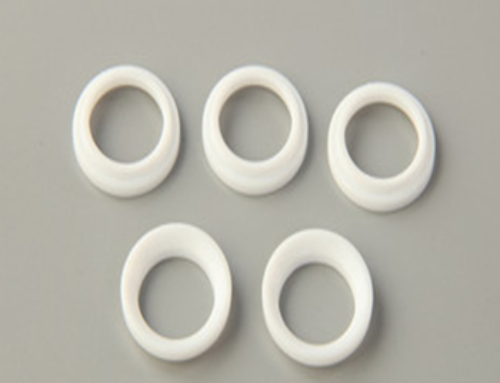
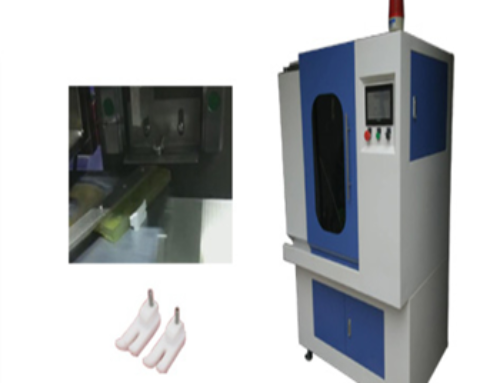

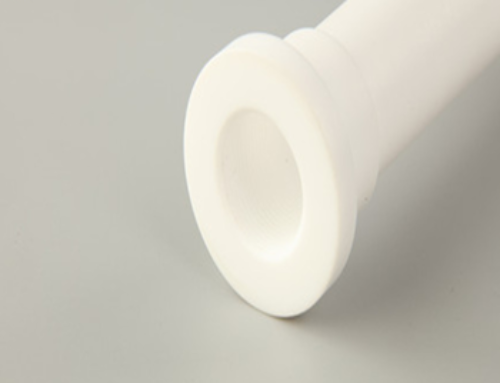

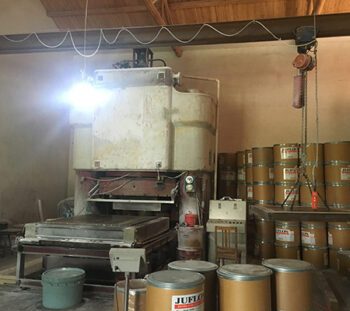
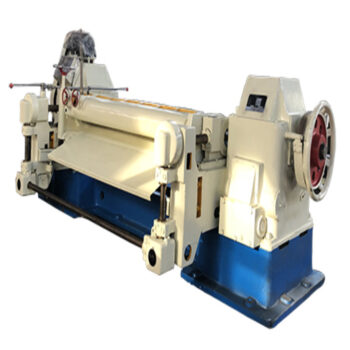
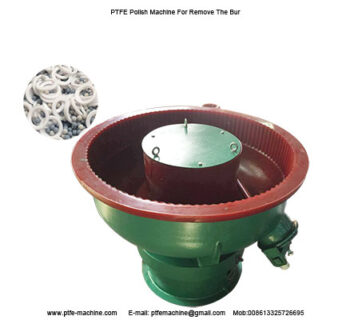
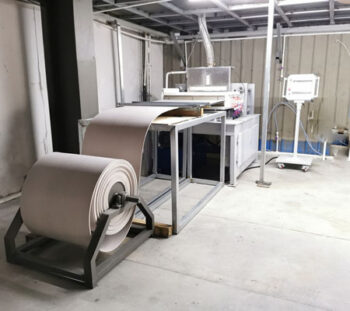
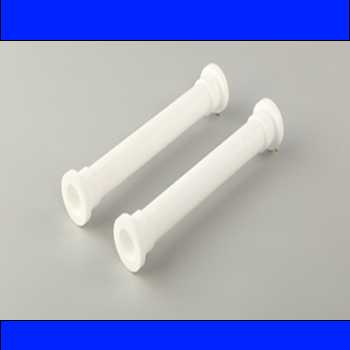

Leave A Comment
You must be logged in to post a comment.